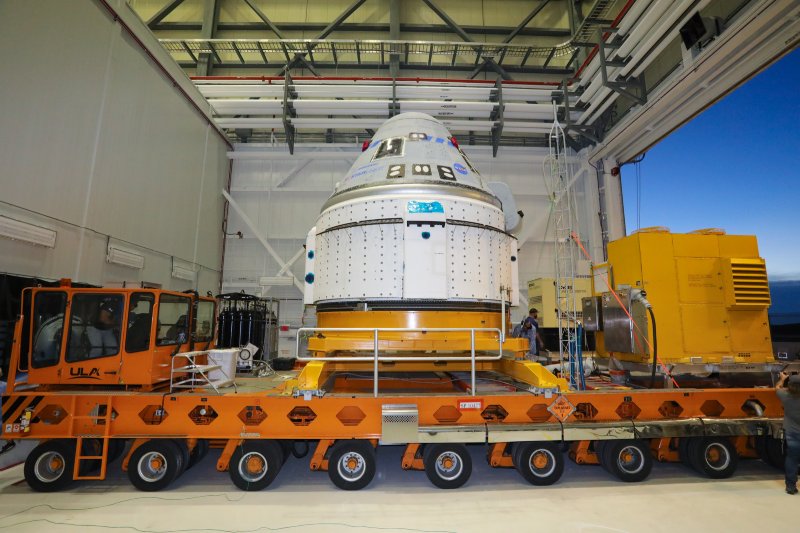Before Launching the First Astronaut, Boeing Starts Fuelling the Starliner Spacecraft

In preparation for the Starliner capsule’s maiden astronaut launch, Boeing has begun filling it with fuel.
Currently planned to launch in early May aboard an Atlas V rocket from United Launch Alliance from Cape Canaveral Space Force Station, located on Florida’s Atlantic coast, is the mission known as Crew Flight Test (CFT). It will embark Suni Williams and Butch Wilmore, two NASA astronauts, on a roughly ten-day stay aboard the International Space Station (ISS).
Boeing declared on Monday, March 18, that it had made a major advancement toward launch by starting the two-week-long process of loading propellant into Starliner.
The event is being held at the Commercial Crew and Cargo Processing Facility (C3PF) of Boeing, located adjacent to Cape Canaveral Space Force Station at NASA’s Kennedy Space Center.
“Conducting the propellant loading operation is a team made up of specially trained technicians, as well as fluids, propellant and electrical test engineers,” Boeing wrote in a brief update on Monday.
“Throughout the operation, test teammates monitor the spacecraft, including sensors and valves, as well as the environment within the C3PF,” they added.
Through its Commercial Crew Program, NASA granted Boeing and SpaceX multibillion-dollar contracts in September 2014. Although Elon Musk’s business has previously launched one crewed test trip and eight operational astronaut missions for the agency to the International Space Station (ISS), Starliner has not yet carried humans.
Up till now, Boeing’s capsule has made two unmanned test launches to the orbiting laboratory. On its first voyage, which launched in December 2019, Starliner encountered a number of issues and was unable to rendezvous with the ISS on schedule. However, in May 2022, on its second try, it was successful.
A difficulty with the suspension lines on Starliner’s primary parachutes and the fact that a large portion of its wiring was covered in flammable tape were the main causes of the launch delay of CFT, which was originally scheduled for this summer. However, those issues have been resolved by technicians, and NASA and Boeing officials claim that CFT is scheduled to launch this spring.